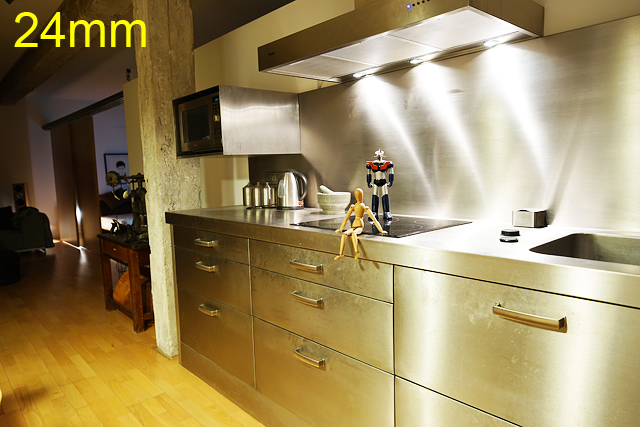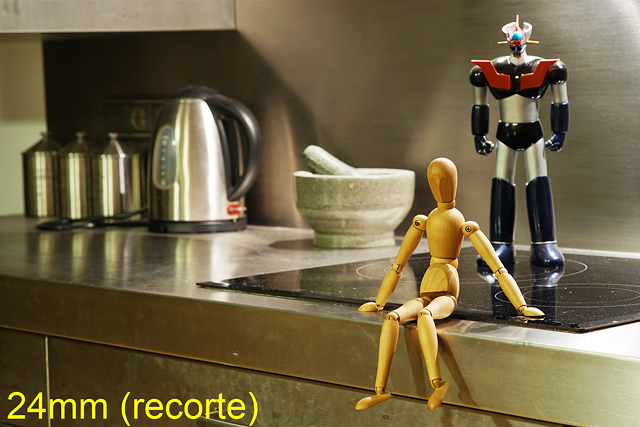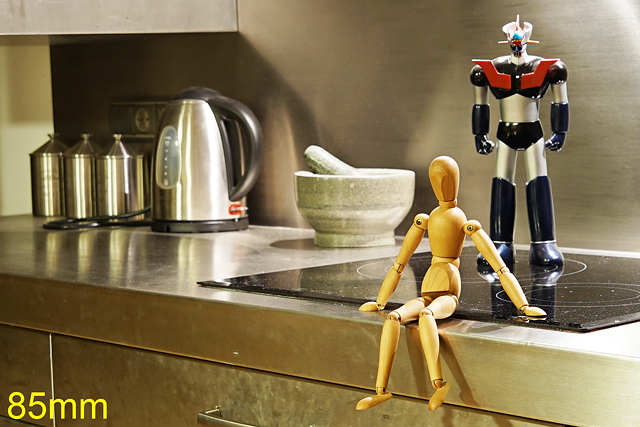What maths are we talking about here?
(...)
Everyone talks about the distance in front of the lens as the only thing that matters. I doubt that the distance to the front element makes much difference as I suspect the distance to the optical centre of the lens is what matters.
(...)
if we have an APS camera with a 50mm lens, a 35mm camera with an 80mm lens and a medium format camera with a 150mm lens all side by side looking at the same scene, lets say a person, then they will all fill the frame with the same image. However I say (as would many others) that each will have different look.
(...)
Long lenses compress distance and short images expand distance, so we use long lenses for portraits to reduce the size of the nose relative to the ears, and short lenses for landscapes to expand the vastne
Math equations that describe the 3D rectilinear projection over a 2D plane. There is plenty literature about that. All 3D video game engines implement these equations and the physics behind work pretty much the same as a camera.
What you call the optical centre, and many call wrongly the nodal point, is the entrance pupil of the lens.
The cameras and focal lengths in your examples will provide undistinguishable images in terms of perspective as long as the three entrance pupils are located at the same exact point. No different look, sorry.
What compresses distance is not long lenses but getting away from the subject. Focal length only affects field of view (FOV). Perspective depends only on distance from the entrance pupil to subject. Example:
Shot at 24mm:

Crop from that shot:

Shot at 85mm from the same camera location:

Identical perspective as the the 24mm shot. The 24mm shot just has a wider FOV. Of course in a practical situation focal length and distance to the subject are deeply related because we want to fill the frame, but it's important to know what variable influences in what, for example to understand what happens everytime you crop (reduce FOV) or stitch a linear panorama (increase FOV).
Regards